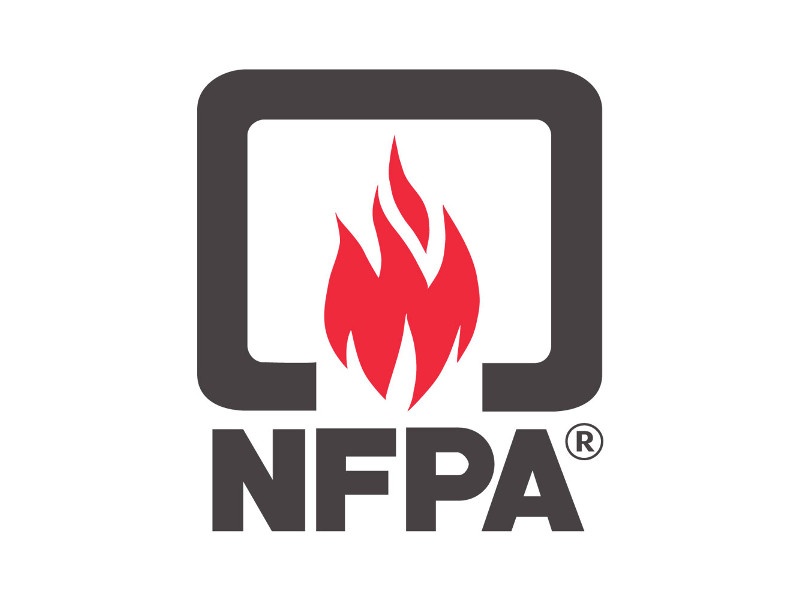While NFPA 110 provides guidance to inspectors, designers, installers, manufacturers, and users if Emergency Power Supply Systems (EPSSs), NFPA 110 is not intended to be a comprehensive design, installation, or operations and maintenance manual. Rather, it is intended to be a vehicle for communication between the parties involved. Other publications, including other standards and local codes adopted by the authority having jurisdiction (AHJ), as well as, technical documentation from the original equipment manufacturers (OEMs), are necessary for addressing the reliable performance of a standby power system.
In fact, NFPA 110 dedicates a whole chapter to listing out referenced publications and standards “considered part of the requirements of this document” (2.1) and an annex of non-mandatory publications that are “referenced within the informational sections of this standard and are not part of the requirements of this document” (C.1).
Chapter 2 Referenced Publications
Chapter 2 of NFPA 110 lists the mandatory publications referenced within NFPA 110.
- NFPA 1 - Fire Code
- NFPA 30 - Flammable and Combustible Liquids Code
- NFPA 37 - Standard for the Installation and Use of Stationary Combustion Engines and Gas Turbines
- NFPA 54 - National Fuel Gas Code
- NFPA 58 - Liquefied Petroleum Gas Code
- NFPA 70® - National Electrical Code®
- NFPA 72® - National Fire Alarm and Signaling Code
- NFPA 99 - Health Care Facilities Code
- NFPA 780 - Standard for the Installation of Lightning Protection Systems
- ASCE / SEI 7 - Minimum Design Loads for Buildings and Other Structures
Annex C Informational References
Annex C lists non-mandatory publications referenced within the Annex. These documents are for informational purposes and are not part of the requirements of the NFPA 110 standard unless they are also listed in Chapter 2 for other reasons.
- NFPA 20 - Standard for the Installation of Stationary Pumps for Fire Protection
- NFPA 37 - Standard for the Installation and Use of Stationary Combustion Engines and Gas Turbines
- NFPA 54 - National Fuel Gas Code
- NFPA 56 - Standard for Fire and Explosion Prevention During Cleaning and Purging of Flammable Gas Piping Systems
- NFPA 58 - Liquefied Petroleum Gas Code
- NFPA 70® - National Electrical Code®
- NFPA 70B - Recommended Practice for Electrical Equipment Maintenance
- NFPA 72® - National Fire Alarm and Signaling Code
- NFPA 99 - Health Care Facilities Code
- NFPA 101® - Life Safety Code®
- NFPA 111 - Standard on Stored Energy Emergency and Standby Power Systems
- ANSI C 84.1 - Standard for Electric Power Systems and Equipment - Voltage Ratings
- ANSI/IEEE 493 - Recommended Practice for the Design of Reliable Industrial and Commercial Power Systems
- ANSI/NEMA MG 1 - Standard for Motors and Generators
- ANSI/NEMA MG 2 - Safety Standard and Guide for Selection, Installation and Use of Electric Motors and Generators
- ASCE / SEI 7 - Minimum Design Loads for Buildings and Other Structures
- ASTM D 975 - Standard Specification for Diesel Fuel Oils
- ASTM D 1835 - Standard Specification of Liquified Petroleum (LP) Gases
- FEMA 543 - Design Guide for Improving Critical Facility Safety from Flooding and High Winds
- FEMA 577 - Design Guide for Improving Hospital Safety in Earthquakes, Floods, and High Winds
- NHC SLOSH (Sea, Lake, and Overland Surges from Hurricanes Model)
To achieve compliance with NFPA 110, you will need to review the complete NFPA 110 document to determine the exact NFPA 110 requirements. Our website is a good starting point and resource for understanding the contents and scope of NFPA 110. However, you will need to reference all of the applicable codes in your area and work closely with all of the AHJ’s responsible for enforcing the local codes. Involving the AHJ early is the most important step in complying with NFPA 110. Generator manufacturers, such as Rolls-Royce, and our experienced sales engineers are an excellent resource for helping you to understand the requirements and comply with NFPA 110.
For help with designing your next project or for help ensuring that your installation complies with NFPA 110 and other applicable codes and standards, please Contact Us.
.png)






